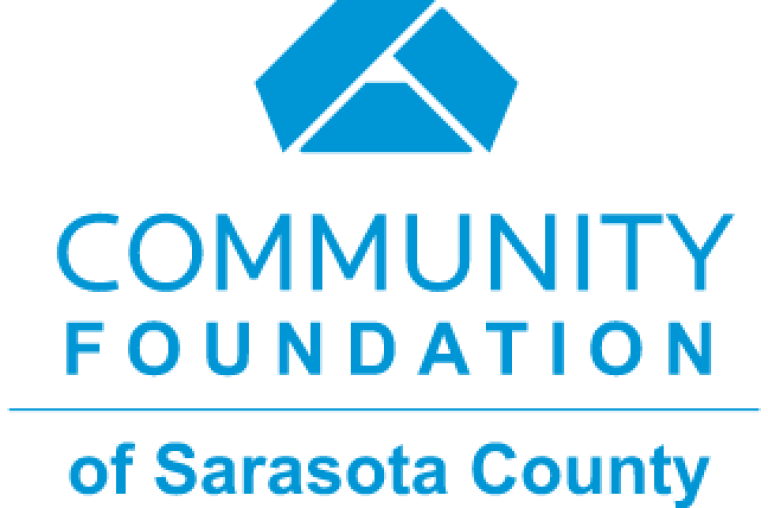June 4, 2024
Heart & Head - Lives & Data
Categories:
Think back to school and how you learned best. Did reading literature make you feel connected to historical figures or new ideas? Was it the fine tuning of equations that left you satisfied? Or perhaps a combination of the two – combining facts, figures and experiences that helped knit together big ideas?
Sometimes we learn best through personal stories. Other times empirical evidence holds sway. Both modes are important.
Whichever fuel accelerates changes in human understanding and behavior is what matters most to us at the Community Foundation.
Over the last two years we have invested in new tools and opportunities to bring together those two ways of thinking. Most recently we developed a free, public dashboard to provide a larger, strategic view of our region that can illuminate how we could grow and work together to make our community a place where everyone can thrive.
“We are using the information from the dashboard to inform our own operations and inject a curiosity that gets us to a place of data-informed decision making,” said Mischa Kirby, Vice President, Strategy and Communications. “We are also sharing this powerful tool with nonprofit organizations to assist in more wholly demonstrating why their missions are so important, and individuals and families are able to assess community needs and trends to to inform their charitable giving.”
The addition of the Community Indicators Dashboard builds on the foundation’s long history of gathering and sharing information to guide charitable giving. Another free platform the foundation provides the community is The Giving Partner (www.thegivingpartner.org), a centralized nonprofit directory that is a trusted resource for philanthropic research for grantmakers and other entities. This searchable database contains more than 700 profiles of charitable organizations serving Sarasota, Manatee, Charlotte and DeSoto counties. Each profile reflects an organization’s commitment to transparency, including programmatic results, leadership, financial health and more.
How to Use the Dashboard
The Community Indicators Dashboard is organized into five main sections that provide insights into the key aspects that shape our region of Sarasota, Manatee, Charlotte and DeSoto counties.
The interplay of population, education, economic, health, and housing indicators are shown through data-mapping visualizations and engaging narratives. Users can compare nearly 60 indicators county-bycounty, and in some cases by ZIP codes, as well as view those data points against state and national trends. The information presented throughout the dashboard is from credible, third-party, open-source agencies and is updated when new information is provided by those agencies, such as the US Census Bureau, the U.S. Department of Housing and Urban Development (HUD), the Florida Department of Education, Florida Department of Health, and the Bureau of Economic Analysis (BEA).
Some examples of information available in this single platform include:
• Projections for nursery or preschool needs through 2031
• A review of wages by industry, by county, based on a person’s place of residence
• Details about teen vaping and adult drinking patterns
• Multiple variations to understand the complexities of housing costs, including rental and ownership trends by the neighborhood level
“For decades, our foundation has made use of data in many forms to inform charitable giving. The powerful, searchable dashboard brings us forward in our ability to identify funding priorities and continue to develop high-leverage strategies. We offer it to the community, promoting transparency and accountability, to ignite conversation about how we can work together to create and sustain a stronger community,” said Roxie Jerde, President and CEO of the foundation. “We also hope this is a tool that media, government, and civic and business groups can call upon as a trusted resource.”
As part of our commitment to listening to our community to inform the foundation’s work, we are developing a series of smaller group discussions about key issues revealed more completely through the dashboard. We hope those verified statistics and trends will motivate others to take action, or at the very least to become a bit more curious about the many facets of our neighbors.
“Philanthropic motivations have long been connected to personal stories of those served through nonprofits. By uniting our knowledge about community needs with the heart-centered understanding that comes from those who share their lives and hopes and dreams, we can invite many more citizens to join us in building community-led solutions to improve the lives of all who live here,” Kirby said.
To express your interest in taking part in data-informed discussions, email data@cfsarasota.org
INSIGHT: Five Sarasota Statistics that Might Surprise You
• 38% of Sarasota County households live at or below the ALICE threshold (Asset Limited, Income Constrained, Employed households with income above the federal poverty level, but below the basic cost of living).
• 25% of residents over the age of 16 are below the poverty threshold, yet working.
• 33% of households in our community are rent burdened.
• More than 50% of students attending our local schools qualify for free and reduced lunch (another measure of families living too close to the poverty level).
• 50% of area middle and high school students report feeling chronically sad or depressed.
